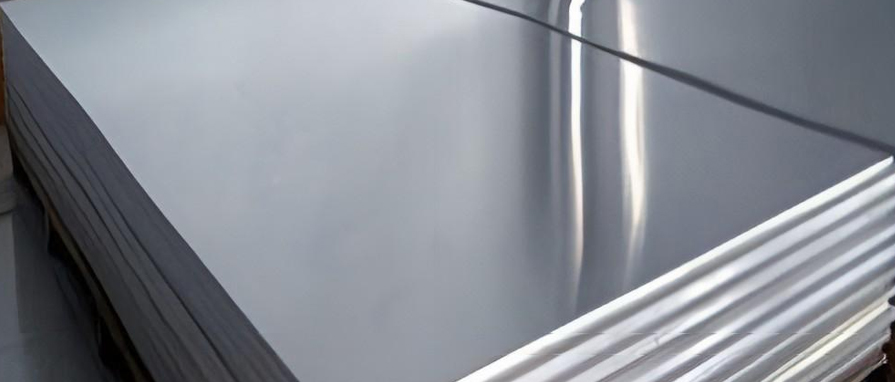Advantages of Stainless Steel 316 Plates in Corrosive Environments

Introduction:
Stainless steel 316 is a versatile and widely used austenitic stainless steel grade, known for its excellent corrosion resistance properties. In corrosive environments, where the presence of moisture, chemicals, or salt can degrade metals, stainless steel 316 plates offer significant advantages. This blog post will explore the various advantages of stainless steel 316 plates in corrosive environments, highlighting their unique properties and applications.
Superior Corrosion Resistance:
One of the key advantages of stainless steel 316 plates is their exceptional resistance to corrosion. The presence of molybdenum in the alloy composition enhances the material's resistance to various corrosive agents such as acids, chlorides, and salts. Stainless steel 316 plates can withstand pitting, crevice corrosion, and general corrosion, making them suitable for applications in marine environments, chemical processing plants, and coastal structures.
Resistance to Chloride Environments:
Stainless steel 316 plates exhibit exceptional resistance to chloride-induced corrosion. This property is particularly important in applications where exposure to chloride ions is common, such as in coastal areas or swimming pool facilities. The high molybdenum content in stainless steel 316 provides superior resistance to chloride attack, minimizing the risk of stress corrosion cracking.
High Temperature Resistance:
Stainless steel 316 plates maintain their corrosion resistance even at elevated temperatures. This makes them suitable for applications where both high temperatures and corrosive environments are present, such as in heat exchangers, chemical reactors, and exhaust systems. The ability to withstand high temperatures without significant degradation ensures the long-term performance and reliability of stainless steel 316 plates.
Versatility:
Stainless steel 316 plates offer versatility in various corrosive environments. They can withstand a wide range of pH levels, including highly acidic or alkaline solutions. Additionally, stainless steel 316 plates exhibit excellent resistance to oxidation and erosion, further expanding their range of applications. This versatility makes stainless steel 316 plates a preferred choice for industries such as chemical processing, food processing, and pharmaceuticals.
Low Maintenance:
In corrosive environments, maintenance and upkeep can be challenging. Stainless steel 316 plates require minimal maintenance due to their inherent corrosion resistance. They do not require protective coatings or frequent inspections, reducing the overall maintenance costs. This advantage makes stainless steel 316 plates a cost-effective choice in the long run, as they provide extended service life with minimal upkeep.
Aesthetic Appeal:
Apart from their functional advantages, stainless steel 316 plates also offer aesthetic appeal. The material has a smooth and polished surface finish, which enhances its visual appearance. Stainless steel 316 plates are often used in architectural applications, such as building facades, interior design elements, and decorative structures. Their corrosion resistance ensures the durability and longevity of these aesthetic features.
Hygienic Properties:
Stainless steel 316 plates possess hygienic properties, making them suitable for applications in the food and beverage industry, pharmaceutical industry, and healthcare facilities. The smooth surface of stainless steel 316 plates prevents the accumulation of bacteria, making it easy to clean and maintain sanitary conditions.
Conclusion:
Stainless steel 316 plates offer numerous advantages in corrosive environments, making them a preferred choice in various industries. With their superior corrosion resistance, including resistance to chlorides, high temperature capabilities, and low maintenance requirements, stainless steel 316 plates ensure durability, reliability, and longevity. From marine applications to chemical processing plants and architectural projects, stainless steel 316 plates provide the necessary protection against corrosion while offering aesthetic appeal and hygienic properties.
